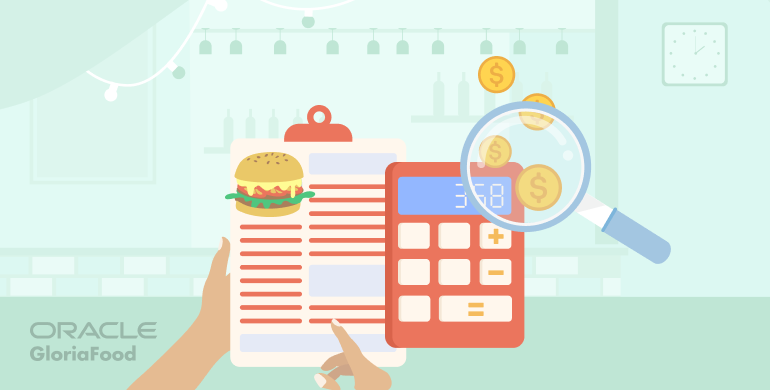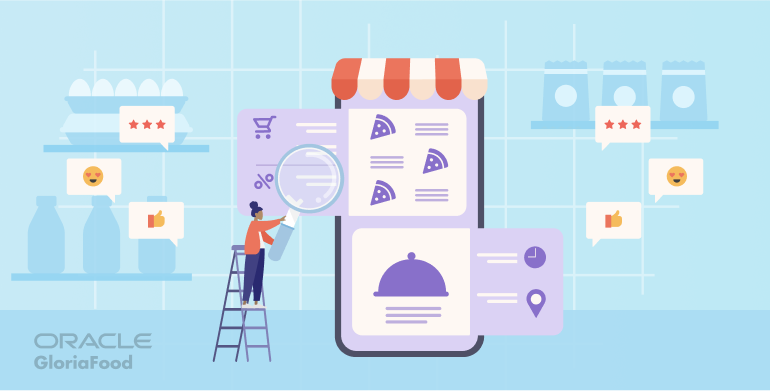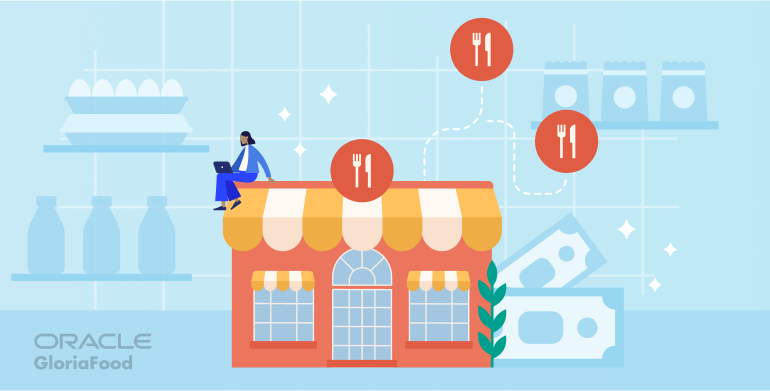- What are restaurant customer demographics
- How to gather restaurant demographics data
- 1. Use data analytics tools
- 2. Conduct customer surveys
- 3. Ask for feedback
- 5 tips to take advantage of data on demographics for restaurants
- 1. Create personalized marketing campaigns
- 2. Update the menu to fit the target market's preferences
- 3. Practice pricing methods that are attractive to your customers
- 4. Enhance service according to restaurant demographic research
- 5. Become better at upselling and cross-selling
Putting in the effort to create a great menu, hire the best employees, and create a pleasant atmosphere may lead to a successful restaurant. But, if you want to ensure you are making as much profit as possible, you need to start analyzing your restaurant’s customer demographics.
By finding out more about your customers, you can create a targeted experience to persuade them to visit and order from your restaurant more often and also spend more money.
In this article, you will find a comprehensive guide on how to identify restaurant demographics and profit from the knowledge.
What are restaurant customer demographics
Restaurant customer demographics are a collection of data and statistics about your potential customers. By identifying them, you can have a better grasp on what measures you can take to attract them to your establishment.
Here are some of the key restaurant demographics:
- Age: different age groups have different food budgets and preferences, that will impact their choice of restaurant. For example, For example, Gen Z customers want to have vegan menu options, need to have access to allergen information, and appreciate sustainable food places;
- Location: knowing where your customers live can help you set up relevant delivery areas, so you can increase your sales. You can also use location information to decide on the best space for your future expansion;
- Income: after you learn how much your target customers earn, you can price your menu items so they find them affordable. As long as you keep making a profit, this is a surefire way to gain loyal clients;
- Family status: is your target audience mostly single people, couples, or families with children? This will influence a variety of restaurant business decisions, such as seating arrangements and type of promotions;
- Food preferences: to become the local preferred food spot, you need to sell food that your target audience eats often. What’s more, participating in food trends may also bring in a new audience.
How to gather restaurant demographics data
The good news is that gathering restaurant customer demographics data can be as inexpensive as you want it to be. Sometimes, it can even be free if you use the right technology.
1. Use data analytics tools
Using technology is a must to speed up operational processes and increase client satisfaction. Here are the two must-haves that give you access to a lot of valuable data:
GloriaFood POS system
Not only does it enable you to speed up service and accept a variety of payment methods, but it also comes equipped with a powerful Reports module with statistics about:
- Property financial report: net sales, offered discounts, order types, types of payments. So you can notice what type of orders your customers prefer, what is the most common payment method and what are the discounts that attract them most;
- Amount of tips: how much do your customers usually tip and which employee gets the most tips;
- Best-selling menu categories and items: this will help you identify items that are usually ignored and could benefit from an update or replacement.
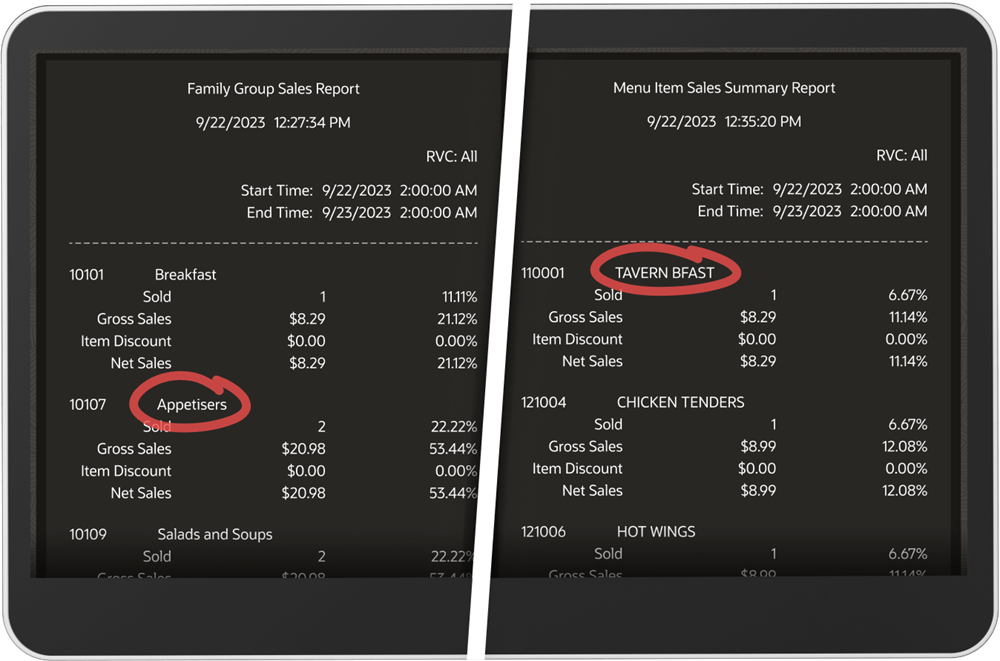
GloriaFood online ordering system
Selling online is the easiest way to add an extra form of revenue. Especially, when the online ordering system is free and helps you know more about your clients:
- Sales insights: such as number of orders and reservations and amount of new and returning customers. This will help you identify areas where you are lacking, maybe your number of reservations is low and you can run a marketing campaign to increase it;
- Total revenue by month, week, day: so you can find your slow periods when you can run promotions to attract more customers;
- Delivery heatmaps: shows you the areas where most of your orders are coming from.
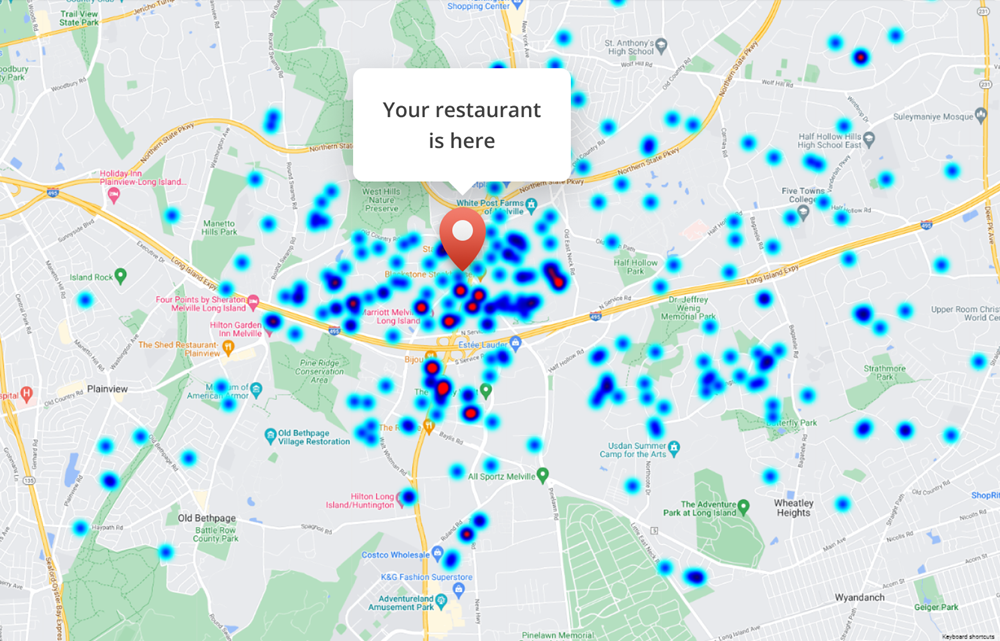
Get access to valuable restaurant customer demographics
Install a free online ordering system to your website now
You can also use the analytics module from your social media profiles to find out more about your followers like age, sex, location, and more.
2. Conduct customer surveys
A good survey starts with the best questions. Make a list of all the things you want to find out about your audience (such as do they like toppings or their preferred price points), and then formulate the question so it can be answered by simply checking a box. This will increase the response rate.
Afterward, you can send out the survey to your email list, distribute it on social media, or even give it out to clients in location, if they agree to it.
3. Ask for feedback
You can find out a lot about restaurant customer demographics by just reading your reviews. People usually write about what they liked, what they didn’t, and improvements they would like to see.
If you want to ask specific questions and have a more direct interaction with your target market, you can ask for feedback on social media. If you don’t want the answers to be public, you can do it on Instagram stories, so only you can see what people reply.
5 tips to take advantage of data on demographics for restaurants
After you have gathered all the restaurant customer demographics data, it is time to take advantage of it to better your business, attract more clients, and increase the number of returning customers. Here’s how to do it:
1. Create personalized marketing campaigns
Marketing is a must if you want to make your restaurant known. But marketing strategies work best when you only target people who are interested in your type of cuisine and use relevant promotions.
Check out these tips:
- Choose the social media channels your audience uses: if you have a younger audience, TikTok and Instagram are your best choices. If your audience is on the older side, focus on Facebook marketing;
- Target your paid ads: personalize your paid ads to only be shown to your selected target audience so you get a higher conversion rate;
- Try segmented email marketing: The Autopilot module from GloriaFood automatically segments clients according to purchasing history so it can send them relevant emails. By enabling email marketing, you can prevent cart abandonment, re-engage clients, and get people to place a second order.

2. Update the menu to fit the target market's preferences
By leveraging the data you obtained from the POS and online ordering system, you now know what items bring in a lot of sales and which ones are usually ignored.
Here are a few ways to engineer your menu so all your menu items are bought regularly:
- Create combo meals: with a best-selling item and worst worst-selling one, to get people to discover how tasty all your dishes are;
- Rethink worst-selling items: either by updating them or replacing them. This gives you an opportunity to start a marketing campaign promoting a new menu item that draws more attention to your offerings;
- Participate in food trends: trends are popular because there is a high demand for it. Consider jumping on some that fit your type of cuisine to get more hype around your restaurant.
3. Practice pricing methods that are attractive to your customers
The key to a successful restaurant is to find the perfect balance between pricing for profit and pricing for affordability. You should make your menu as accessible as possible, without affecting your gains.
These are a few pricing methods you can try, depending on what your target audience is:
- Prix fixe menu: more upscale restaurants, usually fine dining offer clients a complete menu with several courses for a fixed price. Some casual restaurants have also implemented this strategy to offer clients a chance to try more menu items;
- Dynamic pricing: where you change your pricing according to demand. For example, you can have happy hour promotions where you lower prices during your slow periods to motivate people to visit your restaurant.
4. Enhance service according to restaurant demographic research
If you want to increase customer satisfaction and get more positive reviews, you must also tailor your type of service according to your audience. For example, office workers may want a speedy service while families enjoy more time to think about their order.
If you want to offer the best service that is fit for any target market, consider enabling on-premise dining via QR code. Once people are seated, they can scan the QR, browse the menu, order, and pay. They can do so as fast or as slow as they want, without having to get a waiter’s attention.

Enhance customer experience with efficient on premise ordering
Get your free QR Code restaurant menu in minutes
5. Become better at upselling and cross-selling
The better you know your clients, the easier it will be to convince them to buy more. Once you have access to restaurant customer demographics, you can find out what promotions work for them and what will persuade them to spend more money.
For example, if your audience enjoys meal customization, you can allow people to personalize their menu items with sizes and toppings. This is very easy to do if you use the free online menu builder from GloriaFood:

Final words
Don’t get lost in the sea of competitors. Get to know your restaurant’s customer demographics so you can cater your business to them and convince them to become regulars. Their constant support will help you be a successful restaurant for years to come.
- What are restaurant customer demographics
- How to gather restaurant demographics data
- 1. Use data analytics tools
- 2. Conduct customer surveys
- 3. Ask for feedback
- 5 tips to take advantage of data on demographics for restaurants
- 1. Create personalized marketing campaigns
- 2. Update the menu to fit the target market's preferences
- 3. Practice pricing methods that are attractive to your customers
- 4. Enhance service according to restaurant demographic research
- 5. Become better at upselling and cross-selling



